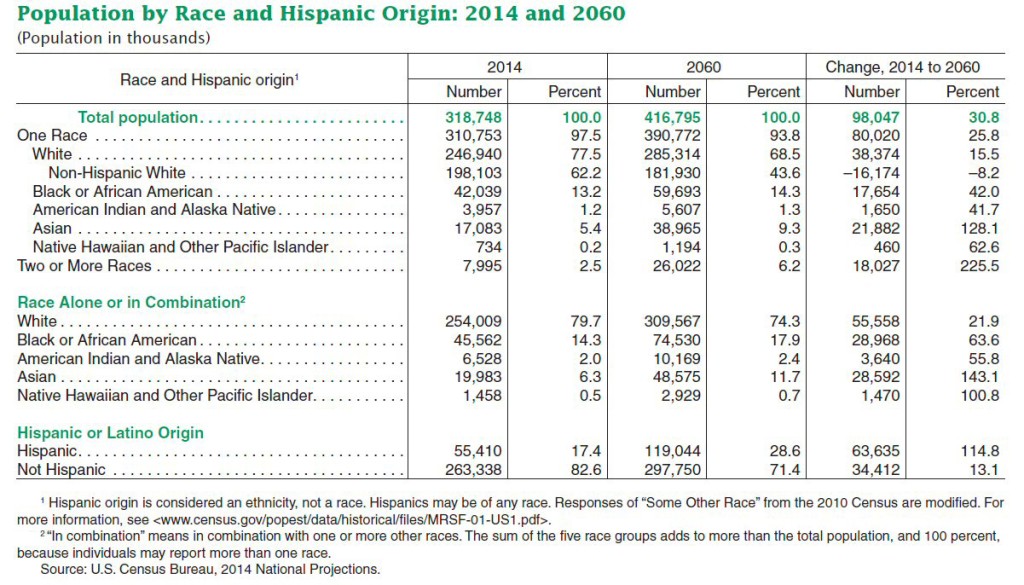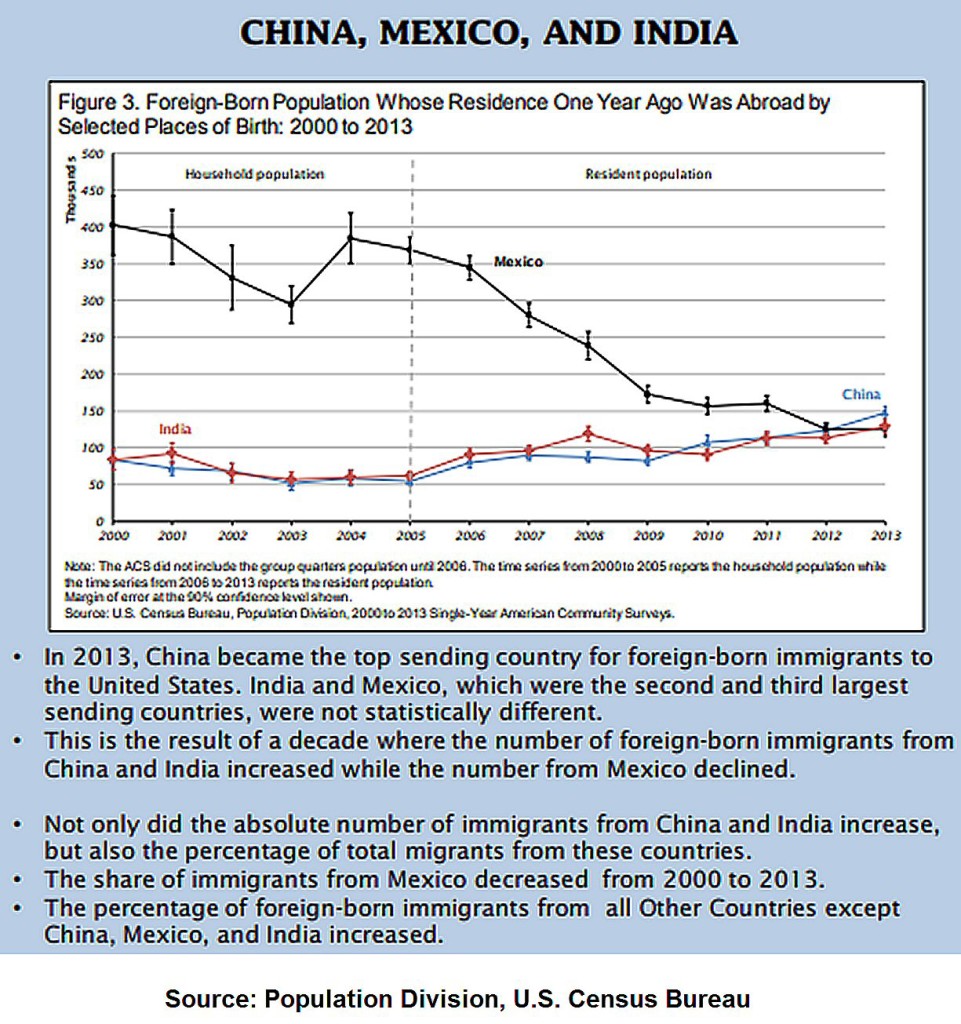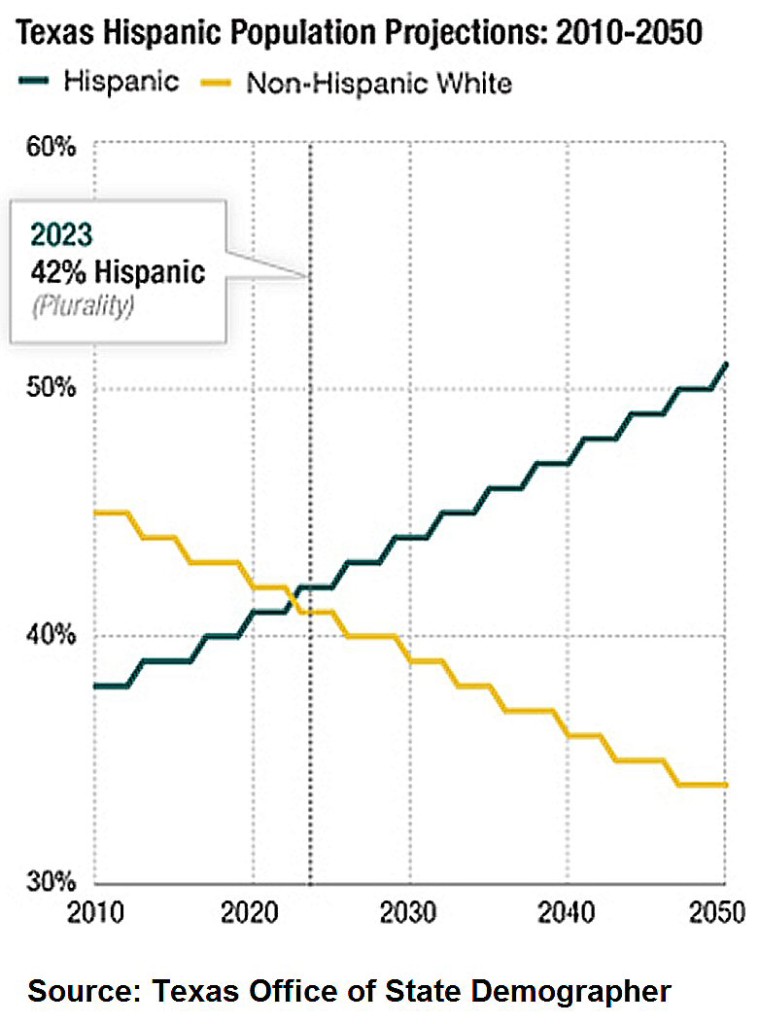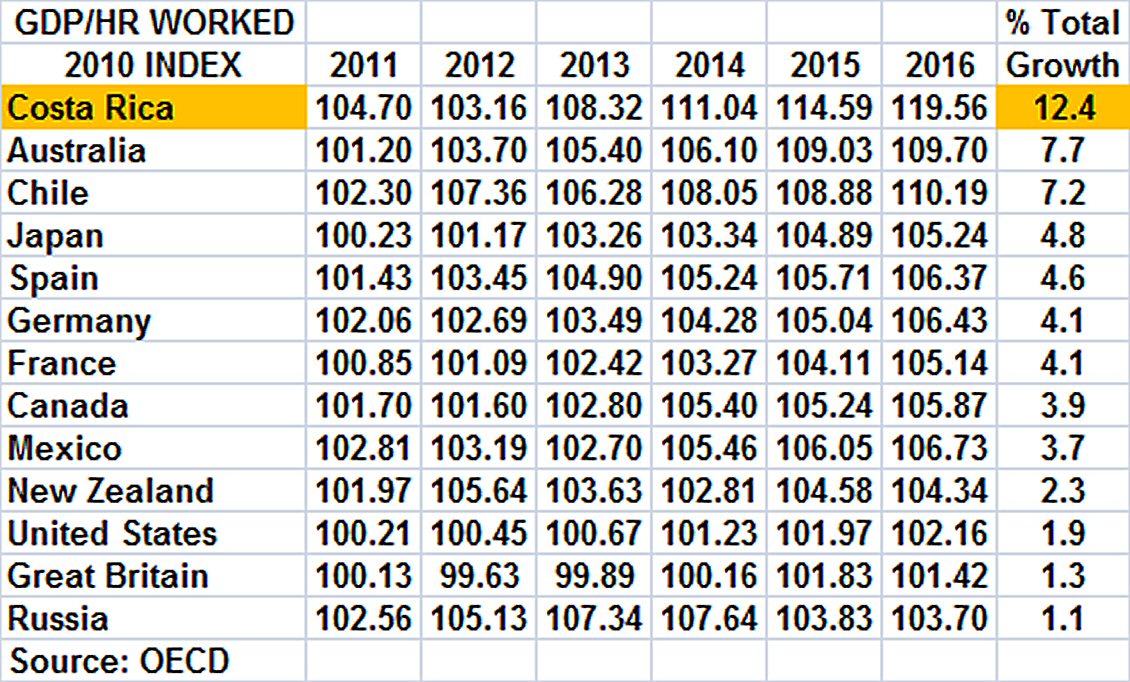WorkingRE Magazine – reprinted by permission
Pressure, Subtle Influence and Plausible Deniability
Editor’s Note: Appraisers report that despite tough new appraisal independence laws, lenders, AMCs and others haven’t stopped trying to influence the process- they’re just being more careful about covering their tracks. Fraud expert Richard Hagar, SRA, explains how to protect yourself and your independence.
Pressure, Subtle Influence and Plausible Deniability
by Isaac Peck, Associate Editor
Plausible deniability is a term coined by the CIA to describe the withholding of information from senior officials in order to protect them from repercussions in the event that illegal, prohibited or, unpopular activities by the CIA become public knowledge.
New, tougher state and federal regulations protecting appraiser independence have most lenders and AMCs being a bit more careful these days about how they interact with appraisers. Talk to any appraiser, however, and they will tell you that challenges to their independence persist in a variety of forms, albeit today the pressure is more subtle, with perpetrators more careful about not leaving evidence behind: plausible deniability.
The same conflicts of interest exist for the major players; loan officers, underwriters, and interested parties still have a financial interest in closing the deal, making the loan, and ensuring that the appraisal meets value. For the most part, lenders and appraisal management companies (AMCs) no longer include a “suggested or required value” when ordering an appraisal but the efforts to influence the appraiser still remain—lenders and AMCs are just using different tactics to avoid being caught red-handed- in short, to give themselves plausible deniability.
Comp Requests
A request for additional comparables is one of the most common ways that appraisers report they are pressured into altering the appraisal value. Sometimes the request can be an honest attempt to make sure the appraiser didn’t miss anything, but it’s also a way to implicitly suggest that the appraiser is being too “conservative” with his or her value conclusion.
Richard Hagar, SRA, says that most of the additional comparables his appraisal firm is asked to consider appear to have been selected based on their value and are extremely biased towards a higher value conclusion. This is an issue that many appraisers immediately recognize as an attempt at influence, but the requesting party often doesn’t see it that way.
In many cases, the client’s request to analyze additional comps is coming from someone who is not a licensed/certified appraiser in the state where the property is located. “We’re talking about underwriters or others who don’t have appraisal expertise and yet insist on getting involved in the appraisal process. They are attempting to perform the appraiser’s job,” says Hagar.
Hagar says that it is very rare for a request for additional comps to include any properties that he hasn’t already considered, but when there is a legitimate comp that he missed, he’s happy to consider it. For the vast majority of other cases, he says he refuses play their game.
“For comp requests, I usually tell them very directly that their suggestions are not comparables so I won’t consider them. Or that they were already considered in the original scope of the assignment, and they aren’t comparable,” says Hagar. “I don’t need to write out long explanations. They ask a simple question, so I give a simple answer, in writing!”
Hagar says the reason for his short responses is also the get the “influencing party” to reveal their true intentions. “I try to draw them out and get them to explain more. It ends up trapping them, as they sometimes come back and start issuing me instructions: we want you to put these sales on a grid or we want you to start making certain adjustments,” says Hagar. The result is a clear violation of appraiser independence that can’t be easily explained away.
Other Requests
Lenders and AMCs also make other requests in an effort to influence an appraiser’s value conclusion. Sometimes these requests are obvious violations of appraiser independence, sometimes they’re harder to spot.
“My office has seen requests to not mention the moss on the roof of the house, to not mention the fact that there are water marks on the ceiling, to remove the photo of the street that includes a damaged car, and the list goes on,” says Hagar.
Sometimes the request is legitimate. If, for example, a photo isn’t relevant to the appraisal, then the appraiser should comply with the request to remove it. But if the appraiser thinks that it’s valid- a legitimate photo that is relevant to their report, then the response to “remove the photograph” should be no, Hagar says. “The client doesn’t get to tell the appraiser how to do their job. Attempting to mold the appraisal report and tell the appraiser how to alter it is in violation of state and federal law,” says Hagar. “If the lender or client has particular needs about what photos they require, then that should be made clear up front, in the scope of work agreement before the appraisal is created or delivered. However, the majority of additional requests to alter a report after the fact are clearly attempts at influence and coercion.”
There are numerous examples of appraisers who have lost their licenses, been sued, or both, because they allowed their clients to influence their work. Hagar tells the story of an appraiser who submitted an appraisal valuing a property at $1.5 million. The client then requested that the appraiser remove the mention of the wetlands and creek nearby. After agreeing to the initial request for changes, the client came back with additional corrections, and by the time the appraiser had fully complied with the client’s “requests,” the property appraised for a value of $2.5 million.
When the property later went into foreclosure—the lender ended up suing the appraiser for a faulty appraisal.
Dealing with Influence
Lenders and AMCs have already been fined for violations of appraiser independence, and will continue to face increasing scrutiny from state and federal authorities. The result, Hagar says, is that they are adopting a much more nuanced approach when it comes to pressuring appraisers to deliver a “favorable” report.
“The people who try to influence the appraiser now try to do it without being obvious. They say things like ‘sometimes finding a higher value takes time, and we’re willing to pay you more if you spend more time on the report,’ but the end result is the same,” says Hagar.
The first thing Hagar advises appraisers to do when their independence is being openly or subtly challenged is to ask the offender to put any such request in writing and try to avoid e-mail if possible. “Ask them to put the request in a standard letter on their company letterhead or to send you the letter as a PDF and then save that letter in your work-file. If that means printing out an e-mail and saving it, so be it,” says Hagar. “You must have an audit trail to indicate why you changed your appraisal. Who asked what and why? This way, if there is an audit of the appraiser’s work file or a lawsuit, the appraiser can show who was influencing and coercing the appraiser. YOU need the plausible deniability!”
Hagar points out that sometimes asking the lender or AMC to put the request in writing stops the issue in its tracks. Often they are ashamed or know their request is prohibited but since it’s over the phone, they have plausible deniability if a federal auditor inspects the file looking for written proof of the foolish request. “They don’t want anything in writing because that way they can deny any wrong doing if an appraiser ever files a complaint or regulators ever audit them,” Hagar says.
Secondly, Hagar says you should respond with a written physical letter as well. “Put your response on letterhead, save it as a secured PDF, and e-mail it to the client. If you just send an e-mail, they can just delete it if they don’t like your response, but there are more issues with a PDF file.”
The point of documenting the client’s requests and the appraiser’s responses is to create an audit trail for federal auditors. It also gives the appraiser a very good case should they file a complaint with government agencies to prove that their independence has been violated.
Any kind of backlash against an appraiser, such as being blacklisted for refusing to comply with a client’s unreasonable requests, is an attempt to coerce the appraiser and a clear violation of the appraiser independence laws. Hagar says that’s why it is so important for the appraiser to obtain documentation and proof of the client/AMC pushing them around—because that allows the appraiser to push back and protect themselves.
According to Hagar, this issue is incredibly important to the integrity of the industry. The fact that lenders and AMCs are trying to have plausible deniability while continuing to subtly pressure appraisers makes things more difficult for appraisers, since it’s harder to prove the violation of appraiser independence, but that shouldn’t stop appraisers from standing up for their rights.
“People are so used to telling appraisers to alter their report and how to do their jobs. But we already know what happens if appraisers don’t stand up and fight back, you get an out of control system filled with compromised appraisals and the $7 trillion failure we are living with today,” Hagar says. “If appraisers had provided good quality work that was properly reviewed by qualified people who didn’t push appraisers around and influence the results, our economy today would be far healthier than it is.”







